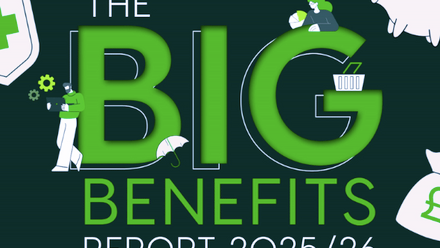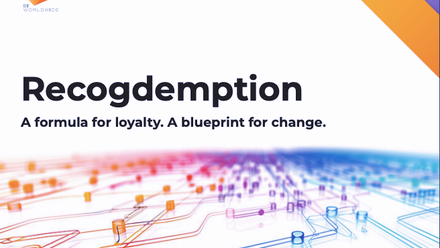The impact of rewards and benefits; measuring employee engagement

Below is a list of helpful hints. These will allow you to measure the impact on your most valuable asset.
1) Productivity
Are your employees more productive as a result of the reward and benefits you offer? Regular one to one meetings will ensure that you’re taking an active interest in your employees' experience within the workplace. This gives you the opportunity to ask them how they feel about their performance in their role, what works/doesn’t work and ideas on how to make improvements. This is also a great opportunity to ask them face to face if your rewards and benefits strategy helps them in a positive way.
2) Absenteeism
People can be absent from work for many reasons, with illness being one example. But, what about those who are absent due to other issues such as childcare, financial worries and low job satisfaction? By checking how many times an employee has been off work sick will help you gauge the impact of your reward and benefits on employee engagement levels. If, for example, you have included a reward or benefit that will ultimately help the individual with their financial wellbeing, then it’s possible that they’re less likely to be absent from work.
3) Presenteeism
Although this has only recently been studied, it is something that should not be ignored. If an employee is struggling with an illness, they may feel they cannot take time off work for fear of not getting paid or creating a reputation for being absent. If a new benefit has been rolled out that would help the employee deal with their illness in a better, more productive way, then presenteeism levels could also decrease.
4) More communication
Have you found that your employees are talking to each other more after something new happens in your company? If employees communicate in this way, it will help to increase overall morale and productivity within the business. In particular, upward communication can empower employees to give honest feedback and in this case, management will be able to respond to the opinions about the reward and benefits package.
5) Remaining fit for purpose
As your workforce changes, so do their needs. If you keep measuring the impact of your reward and benefits package you will be able to ensure it still fits with your employee cohorts. If you’re offering something that nobody takes up, then is it worth having it as an option? You wouldn’t wear worn out trainers with holes in for a marathon would you?
6) Happiness
Look at your employees’ general behaviour at work. Are they happier or chattier after something exciting happens? There is evidence to show that there is a positive correlation and a causal link between human wellbeing or happiness and productivity, (University of Warwick (Oswald, Proto & Sgroi) in 2014). The happier someone is, the more productive they are.
7) Recruitment
Your recruitment costs may decrease with an appropriate reward and benefits package and this could be due to higher retention of your staff. Having a good reward and relevant benefits package may make an employee think twice before looking for another role, realising that the grass may not be greener on the other side. This also means that you will be more attractive to potential new recruits who are keen to join your business. Although it is a challenge and may be expensive to renew a reward and benefits package, recruitment costs are far pricier.
8) Remember things don’t happen overnight
It may take a bit of time for employees to become familiar with your reward and benefits package, especially as there may be lots to learn and understand if you have introduced new benefits. Engaging your employees with the benefits you offer is key. Not only will it increase take-up of the benefits, but also increase recognition for what you as an employer offer. Employees are often surprised when they find out the value of their total reward package.
Overall, it is important for employers to remember that employees will each have individual needs, so getting information early on about what is required is vital. From an employee’s perspective, giving constructive feedback to management will not only help themselves, but will help their peers.
Laura Matthews is workplace health consultant at Barnett Waddingham.
This article was provided by Barnett Waddingham.
Supplied by REBA Associate Member, Barnett Waddingham
Barnett Waddingham is proud to be a leading independent UK professional services consultancy at the forefront of risk, pensions, investment, and insurance. We work to deliver on our promise to ensure the highest levels of trust, integrity and quality through our purpose and behaviours.







